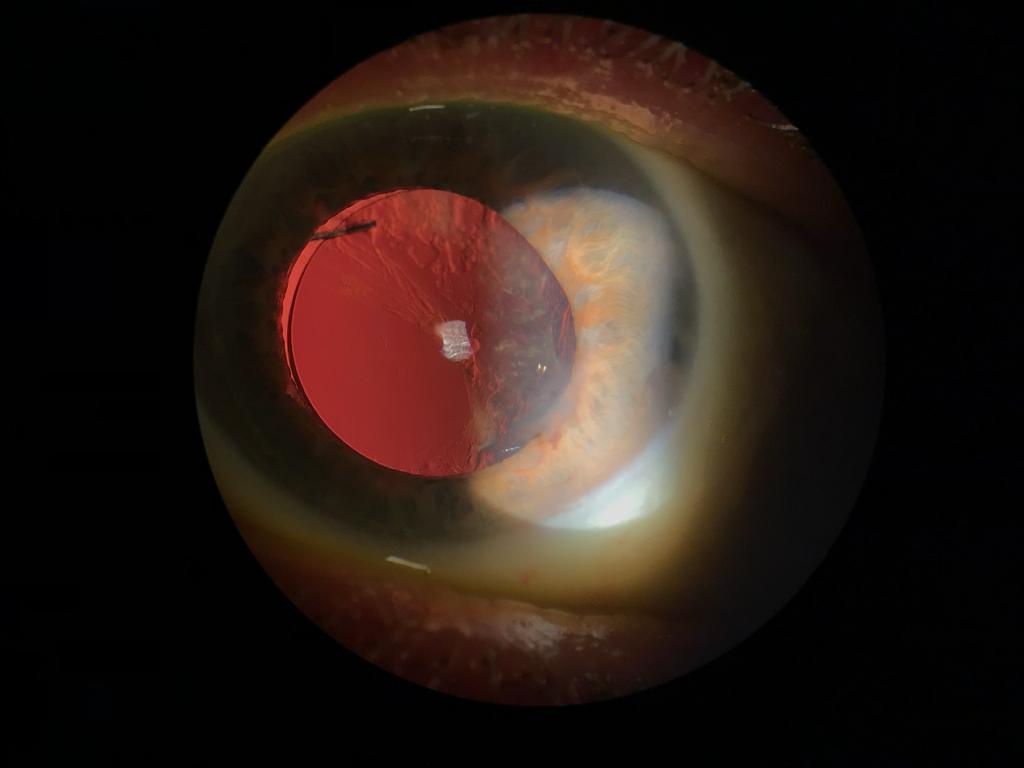Cataracts do not grow back once they have been surgically removed. However, some individuals may experience cloudiness or blurriness in their vision after cataract surgery due to a condition called posterior capsule opacification (PCO). PCO occurs when the back part of the lens capsule, where the artificial lens was placed during cataract surgery, becomes cloudy.
Patient symptoms of PCO are decreased visual acuity, glare, and other visual disturbances.

Risk Factors
PCO affects 20-50% of patients within 2 to 5 years post-cataract surgery. Children, due to higher LEC activity, exhibit a significantly higher incidence, reaching 100%. Younger age, diabetes, uveitis, myotonic dystrophy, retinitis pigmentosa, and traumatic cataracts are identified risk factors.
PCO can be effectively treated with a laser procedure called Nd: YAG laser capsulotomy. During this procedure, a laser is used to create an opening in the cloudy posterior capsule, allowing light to pass through and restoring clear vision. It’s a common and safe procedure that can be performed in an outpatient setting.
It’s essential for individuals who have undergone cataract surgery to attend regular follow-up appointments with their eye care provider to monitor their vision and address any issues such as PCO if they arise.






